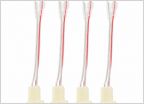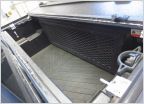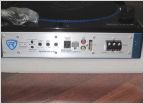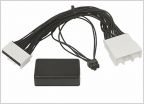-
Welcome to Tacoma World!
You are currently viewing as a guest! To get full-access, you need to register for a FREE account.
As a registered member, you’ll be able to:- Participate in all Tacoma discussion topics
- Communicate privately with other Tacoma owners from around the world
- Post your own photos in our Members Gallery
- Access all special features of the site
Engine braking in cold temps drops engine temp?
Discussion in '3rd Gen. Tacomas (2016-2023)' started by EmergencyMedicalTaco, Mar 13, 2023.
Page 2 of 3
Page 2 of 3


 Tailgate Gap Cover Solution
Tailgate Gap Cover Solution Rear speaker issues
Rear speaker issues Fold-a-Cover Personal Caddy for 3rd gens - Thoughts?
Fold-a-Cover Personal Caddy for 3rd gens - Thoughts? Tow Strap
Tow Strap Subwoofer Installation 2016 3rd Gen Tacoma Non-JBL Double Cab
Subwoofer Installation 2016 3rd Gen Tacoma Non-JBL Double Cab Gauge cluster removal?
Gauge cluster removal?











































































